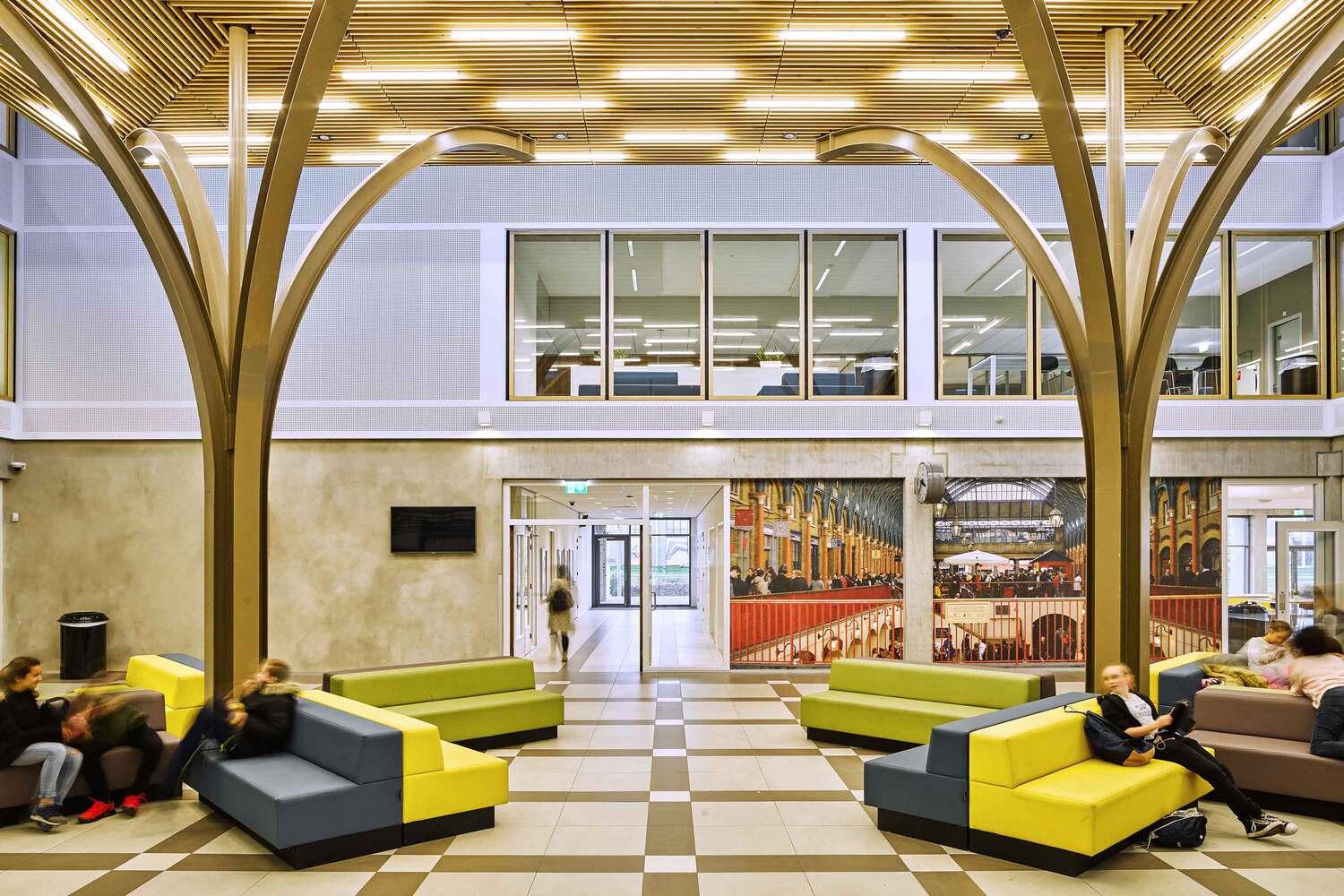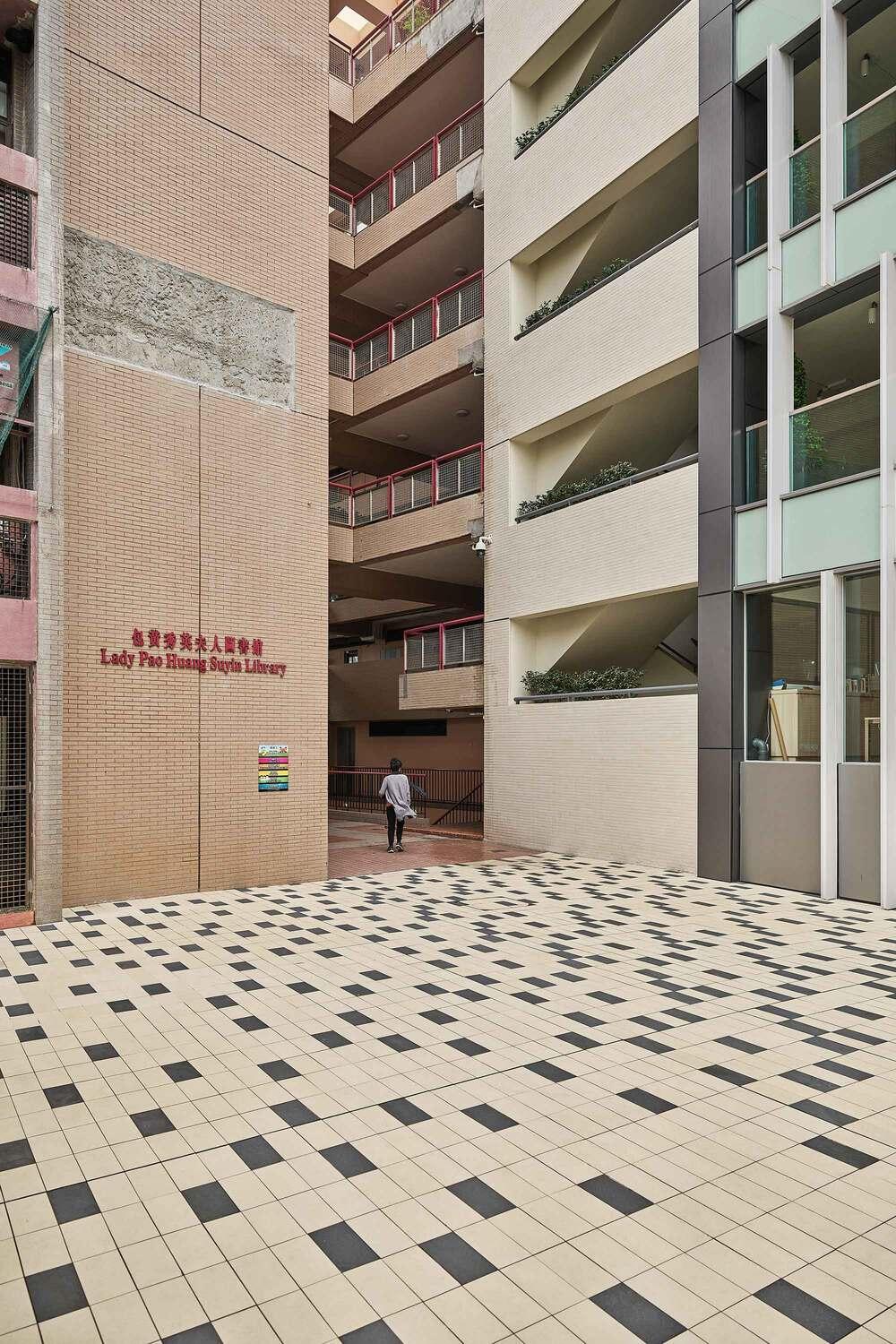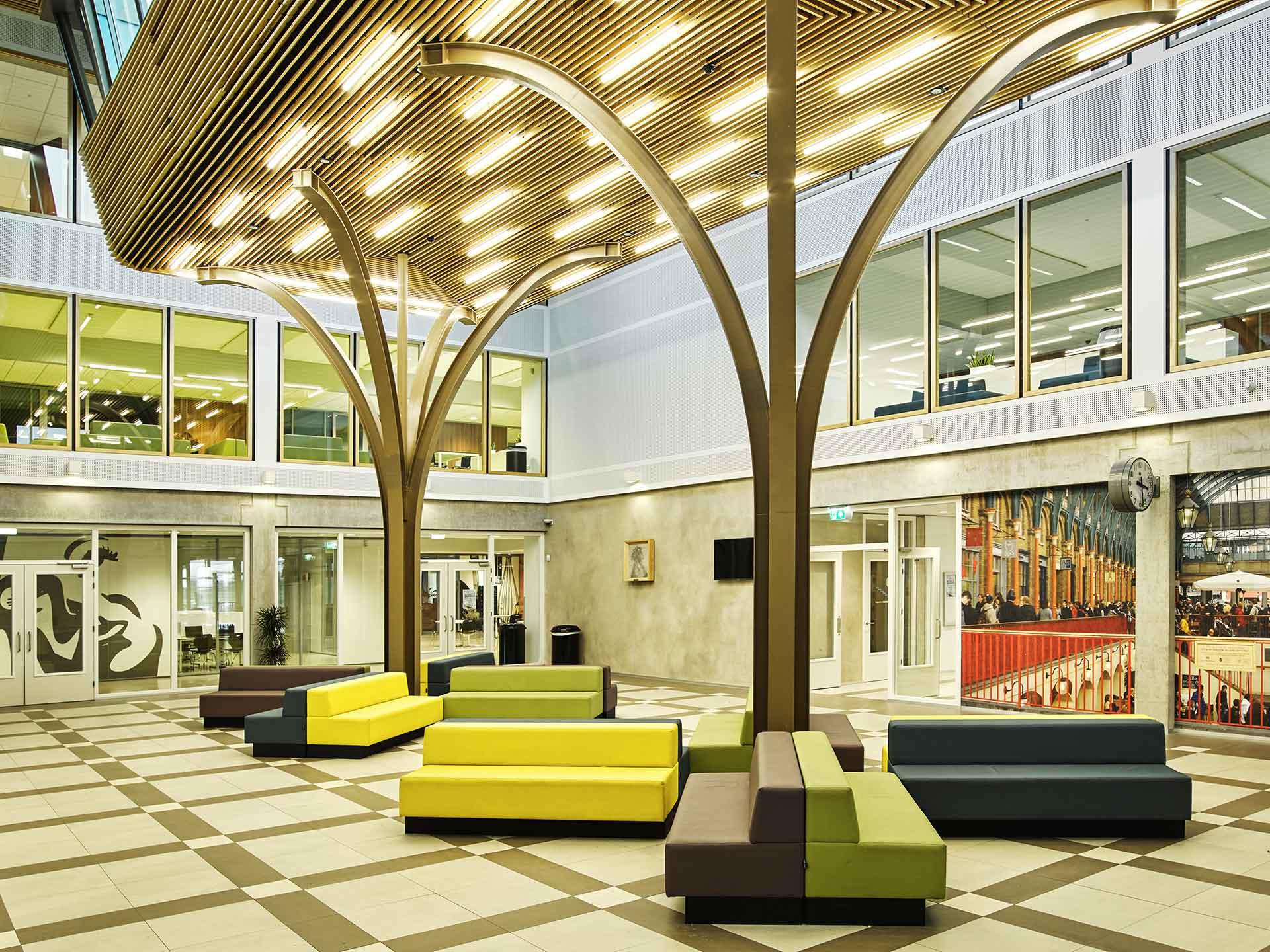Acoustics should never be overlooked when designing educational spaces. Absorption is the base for longer concentration levels and better focus; therefore, students learn more in an acoustic optimized environment. When concentration levels are not as they should be concentration levels drop dramatically after 30 minutes. National guidelines are often referred to for classrooms. Maximum reverberation time (RT60) in in general for a classroom is advised at 0,5 - 1,0 seconds. In our opinion it’s best to keep it ≤ 0,7 seconds in the most important 500 – 1000 – 2000Hz speech frequencies.
Improved school acoustics reduce distractions, enhance clarity, and foster a more engaging atmosphere. At Acosorb, we specialize in providing tailored acoustic solutions to optimize classroom sound for learning success.


